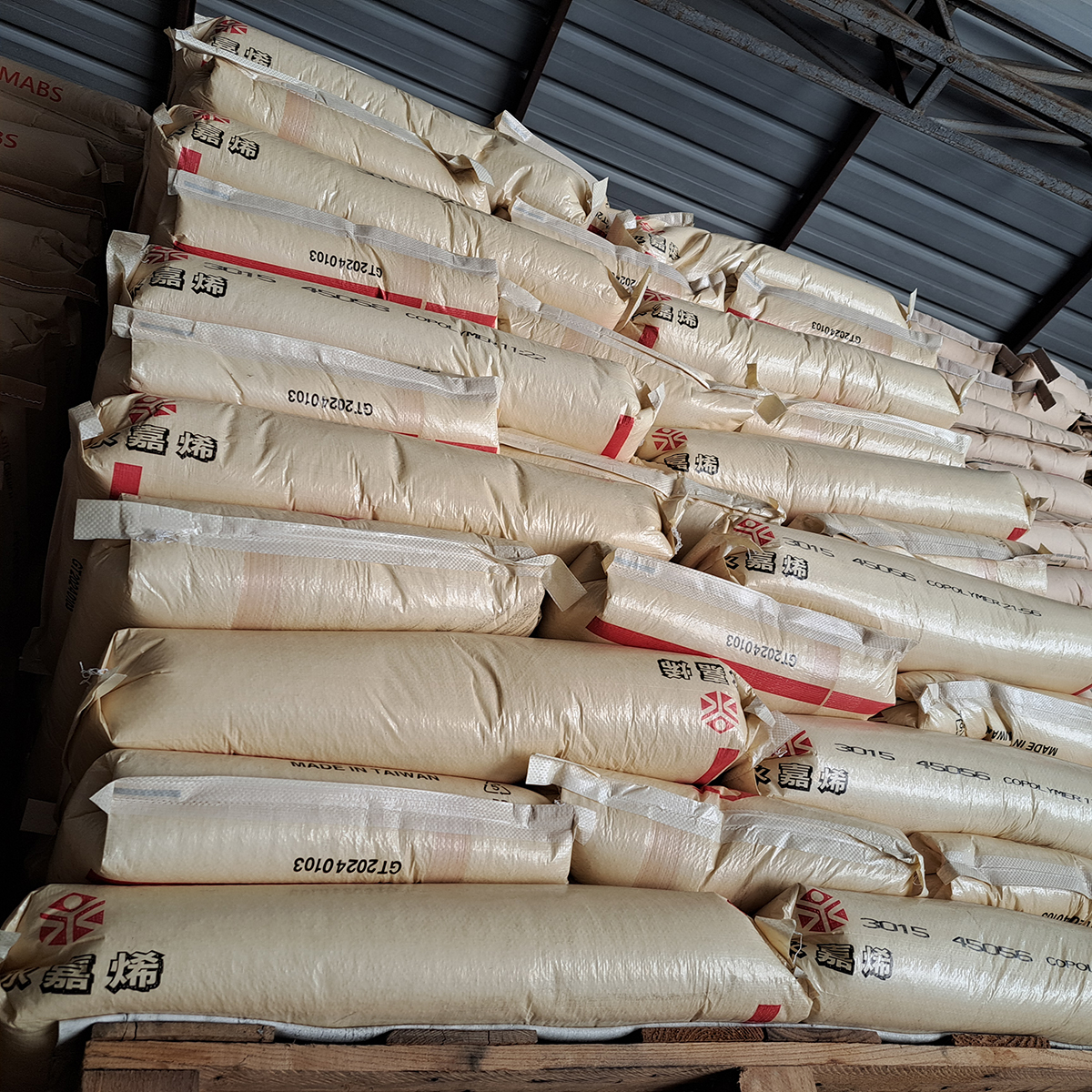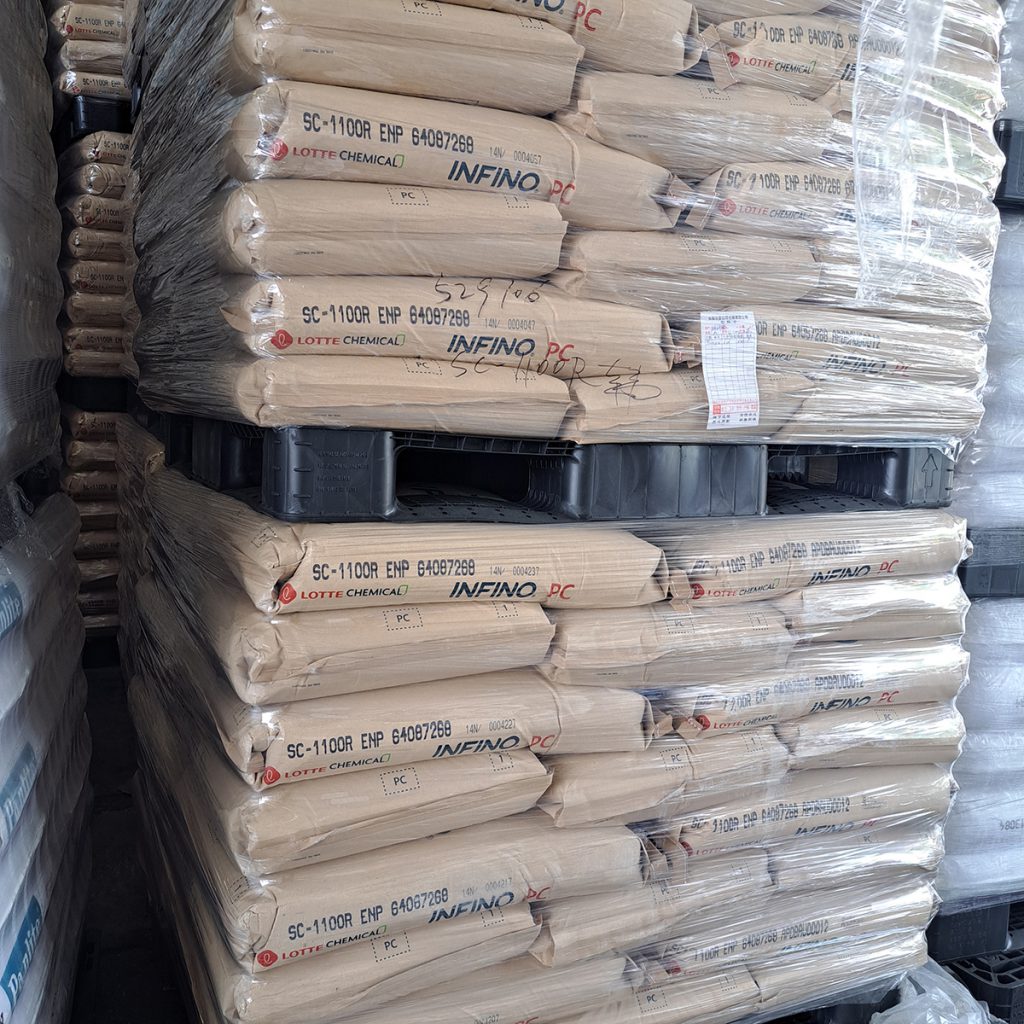
Plastic building materials are more and more widely used in modern construction, because of its light weight, high strength, corrosion resistance and easy processing and other advantages, is widely used in a variety of construction projects. This article will introduce the characteristics, applications and future development trends of plastic building materials to help readers better understand this emerging material.

Characteristics of plastic building materials
Lightweight and high strength: Plastic building materials usually have a low density, but their strength is comparable to that of traditional building materials. For example, glass fiber reinforced plastic (GFRP) not only has a high tensile strength, but also very lightweight, easy to transport and installation.
Corrosion resistance: plastic materials have excellent corrosion resistance, not easy to acid, alkali, salt and other chemical substances, especially suitable for use in places with high humidity or harsh chemical environments, such as sewage treatment plants, chemical plants.
Easy to process: plastic material plasticity, can be injection molding, extrusion, blow molding and other processes to produce a variety of complex shapes of building components to meet different design needs.
Good thermal insulation performance: plastic materials with low thermal conductivity, has good thermal insulation performance, can effectively reduce the energy consumption of the building, enhance the comfort of living.
Environmental protection: many plastic building materials can be recycled and reused to reduce waste of resources and environmental pollution, in line with the requirements of modern construction on environmental protection.
Application of plastic building materials
Piping system: Plastic pipes such as PVC and PE pipes are widely used in the fields of water supply and drainage, gas transportation and cable protection due to their corrosion resistance, easy installation and low price.
Roof and wall materials: Plastic tiles, PVC hanging boards and other materials are widely used for roof and wall covering because of their light weight, easy construction and good weather resistance, especially in temporary buildings and light steel structure buildings.
Flooring materials: Plastic flooring such as PVC flooring and plastic floor tiles are widely used in commercial, industrial and home decoration because they are wear-resistant, waterproof, non-slip and easy to clean.
Window and door frames: Plastic doors and windows are gradually replacing traditional wooden and metal doors and windows due to their excellent performance in heat preservation, sound insulation, moisture-proofing and anti-corrosion, becoming the preferred materials for modern building doors and windows.
Decorative materials: a variety of plastic decorative panels, such as PVC decorative panels, acrylic panels, etc., because of its rich colors, diverse shapes, convenient installation, widely used in internal and external wall decoration, ceiling, partition and other decoration projects.
The future development trend of plastic building materials
Technological innovation: with the progress of science and technology, new plastic materials continue to emerge, such as nano-composite materials, polymer modified materials, etc. These new materials have higher performance and a wider range of prospects for application, which will promote the development of plastic building materials to a higher quality, higher performance direction.
Green: environmental protection has become a global concern, plastic building materials will further develop in the direction of green. For example, the development of biodegradable, recyclable environmentally friendly plastic materials to reduce environmental pollution.
Intelligent application: the future of the building will become more and more intelligent, plastic building materials will also be integrated into more intelligent elements, such as self-cleaning materials, photocatalytic materials, etc., so that the building has more functionality, enhance the value of the building.
Standardization and standardization: As the application of plastic building materials continue to popularize, the relevant standards and norms will be gradually improved to ensure product quality and construction safety, and promote the healthy development of the industry.
Conclusion
Plastic building materials with its unique advantages and a wide range of application prospects, is changing the traditional construction industry. In the future, with the continuous innovation of technology and environmental protection requirements, plastic building materials will usher in greater development opportunities. We expect that in the near future, plastic building materials can create a better living environment for human beings.
